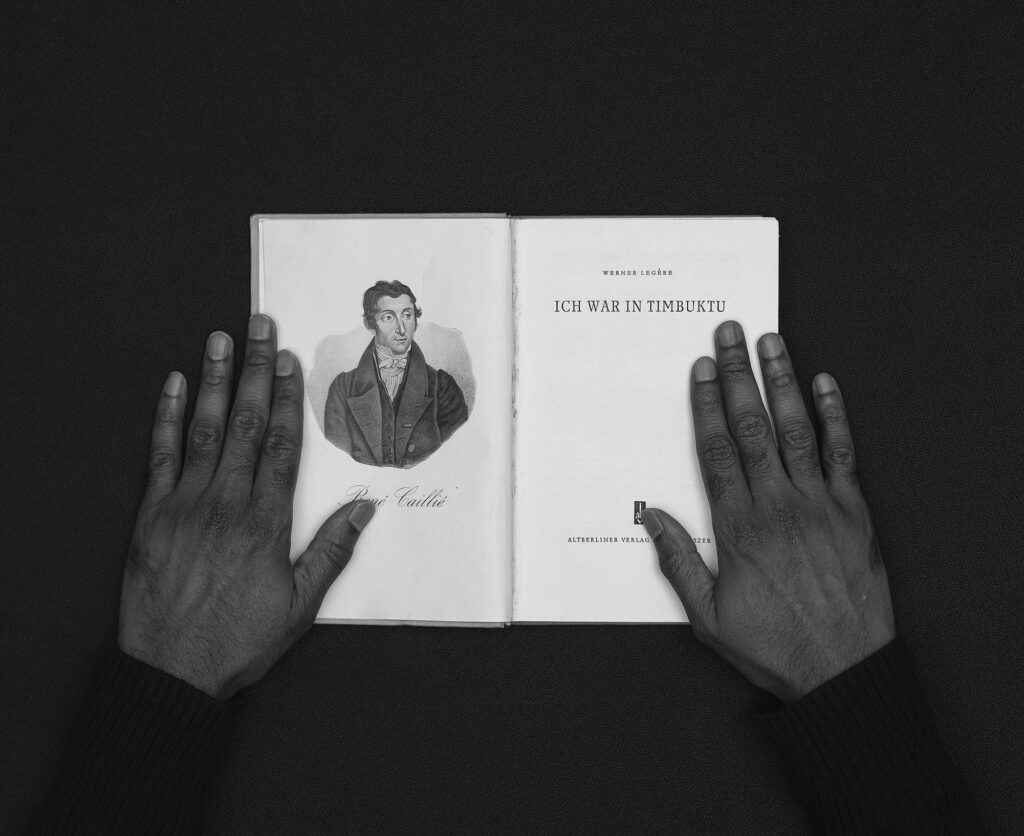Leo Africanus

Leo Africanus
Leo Africanus’ Description of Africa, published in Italian in Venice in 1556, provides the first documentary basis for the myth of Timbuktu as an extremely affluent city. Africanus mentions books as one of Timbuktu’s most important import items. The wealth of families was measured by the size of their libraries. One of the oldest universities in the world operated (conditionally, it still does) in the city. Built at the beginning of the first millennium, the city became the intellectual centre of Islam during the reign of Mansa Musa in the 14th century. The next three hundred years became the golden age of the city. In its heyday, the population of Timbuktu was one hundred thousand people, twenty-five thousand of whom were students.
The destruction of the city’s intellectual heritage began as early as 1591 at the behest of Sultan Ahmad al-Mansur, who conquered it. However, Timbuktu’s libraries are so large that even in 2012, when the city fell into the hands of Islamic extremists, one of the most important operations was the rescue of more than four hundred thousand medieval manuscripts from the occupied city.